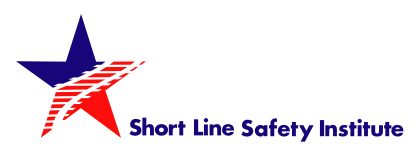Safety culture has been identified as a top priority for the short line and regional railroad industry. While the large Class I railroads have invested millions to improve their safety culture over the last decade, Class II and III railroads often lack the resources to make the same investment. The Short Line Safety Institute was formed to fill this need for the smaller railroads.
The goal of the SLSI and its programs is for the short line and regional railroad industry to perform at an increasingly high level of safety because of a focus not only on compliance, but on safety culture, defined as the shared values, actions, and behaviors that demonstrate a commitment to safety over competing goals and demands.
With congressional funding, the Short Line Safety Institute (SLSI) functions to (a) conduct on-site assessments of safety culture, and (b) provide safety education and training for managers and employees of short line and regional railroads.
Safety Culture Assessments
A voluntary, non-punitive and confidential five-to-ten day process with a rigorous methodology. The Assessment tools review the ten core elements of a strong safety culture, as defined by the U.S. Department of Transportation Safety Council.
Education
Online Webinars, an online resource library and speaking engagements provide opportunities for any sized railroad to learn more about the value of, and the how-to’s for creating a positive safety culture.
Training
The HazMat Instructor Training Program, and the Leadership Development Program, are in-person, hands-on sessions provided at no cost to railroads at your facility; and railroad-specific onsite training such as Emergency Preparedness Reporting and Response Exercise, and tabletop exercises.

